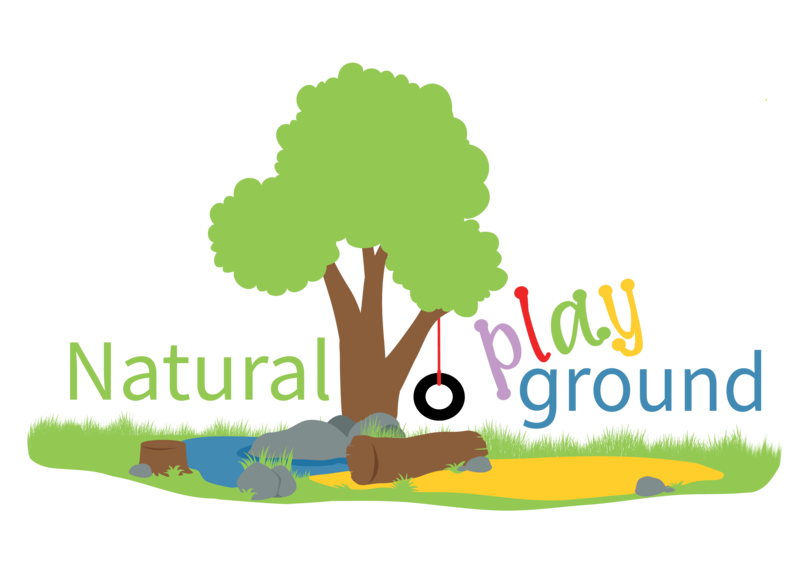Tool 2 Playground Map
Explore how people experience the playground by mapping the playground and how they use it.
This tool forms part of your needs assessmentNeeds Assessment A systematic process for determining and addressing needs, or gaps between current conditions (where we are now) and desired conditions or ‘wants’ (where we want to be)..
When do you use the Playground Map tool?
The playground map tool is great to use when making improvements to an existing playground. It allows you to clearly identify what you want the new playground to offer. People’s perception of the existing playground can provide information that cannot be obtained any other way. It can reveal areas children avoid or use often, areas that are important or areas that can be developed.
The playground map is a cheap and easy tool to use with young or old. The only requirement is that you have a facilitator and someone to take notes. The playground map helps you get perspective on the existing playground, how children use and access resources and where they prefer to be.
Who can use the Playground Map tool?
- Groups or teams
- Workshop facilitators
How do you use the Playground Map tool?
To use the Playground Map tool you will need a venue that is close to the playground, a diverse group of at least ten to fifteen people, large sheets of blank paper, and coloured markers or crayons. Additionally, it could be useful to have tables and chairs for participants to use while creating their maps (younger participants can use the floor if necessary) and masking tape to stick the completed maps to the wall during the final discussion.
The facilitator should provide their workshop with the required equipment and follow the outlined steps. The exercise should take approximately one hour in total.
Playground Map
Step 1: Frame and explain the exercise
Explain the exercise to participants by telling them that they will be drawing their playground so that everyone can better understand what it offers and what its problems are. Assure everyone that this is a fun activity, that there is no right or wrong way to complete the task, and that the groups are made up of many people because many different ideas and perspectives are needed. Divide participants into groups of five to six people and give each group a piece of paper and set of markers or crayons. This step should take five minutes.
Step 2: Establish a starting point
Ask the group as a whole what the centre of the playground is. This is usually the most used or most prominent area. Once the group agrees, ask each smaller group to make a mark in the middle of their paper representing that central point of the playground. Next, ask them to mark the fence or boundary line of the preschool or playground area. This step should take five minutes.
Step 3: Walk about and draw playground
Once they have completed step 2, participants are to go for a walk about the playground and to continue to draw their map using the following prompts:
- Draw the main roads going past the school or playground.
- Draw any water, trees, rocks or paths in the playground.
- Draw the current playground equipment. Participants can draw simple symbols, as long as they are easy to interpret.
Once the general map and layout of the playground is established, participants should map out their playground concerns and opportunities using the following prompts:
- Mark with a blue dot places where there is playground equipment and write the name of the equipment.
- Mark with a green dot places where there are natural resources and name them (tree, plants, or rocks, etc).
- Mark with a black dot places where children play and write which type of play and the approximate age of the children who use each area.
- Mark with a yellow dot places where nothing seems to be happening.
- Mark with a pink dot any items that cannot be moved, such as a building, big trees, taps, or fences.
- Mark with a red star any areas or aspects of the playground that pose any dangers or concerns and make a note of what you observed.
Once each group has completed their map they should return to the venue to discuss their findings. This step should take fifteen minutes.
Step 4: Feedback to the group
Ask each group to send a representative to give feedback and talk through their map. If possible, stick each map on the wall so that they are easy for all to see. This step should take fifteen minutes.
Step 5: Group discussion
Ask the following questions to the group as a whole (and any other questions that might arise). It is important that either the workshop facilitator or a helper takes notes on what is discussed.
- What is most obviously the same in all of the maps?
- What is most obviously different in all of the maps?
- What have you learned about the playground by drawing the map?
This final step should take twenty minutes.


